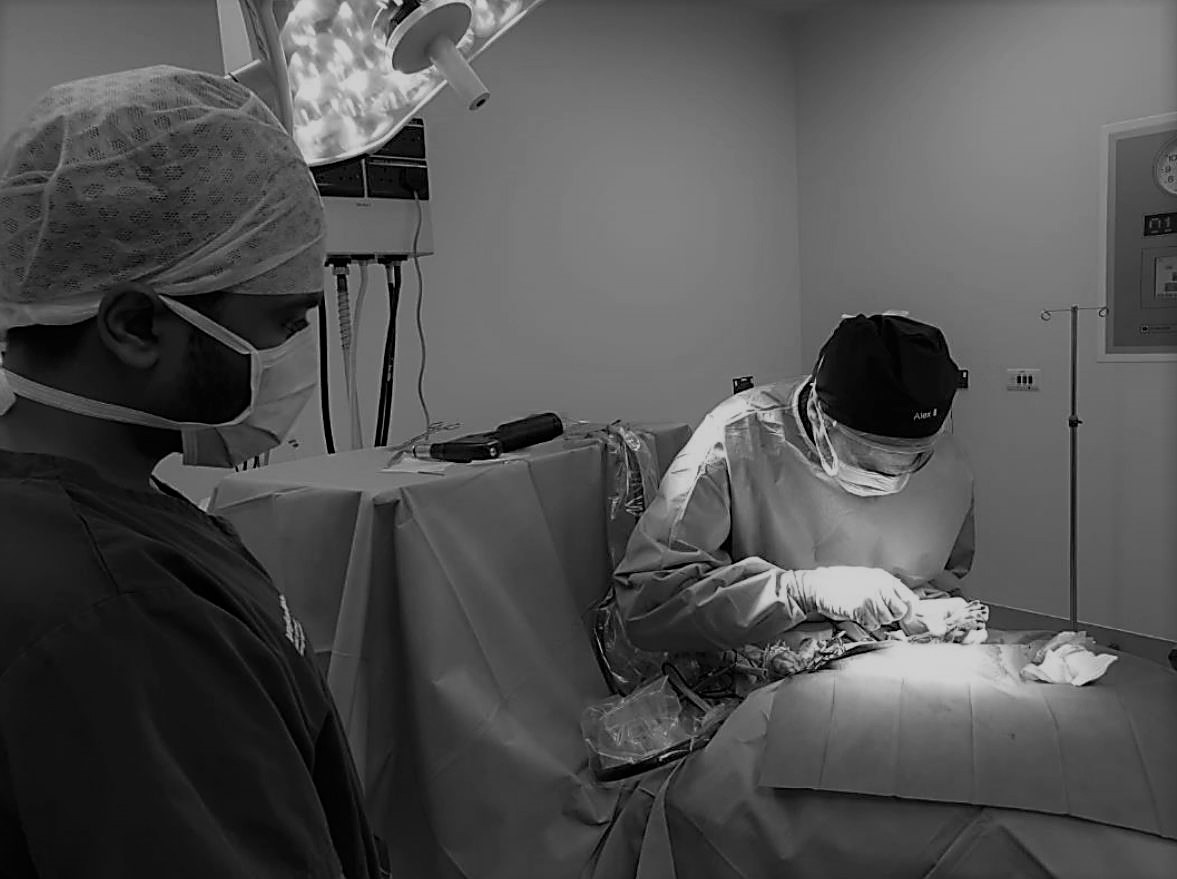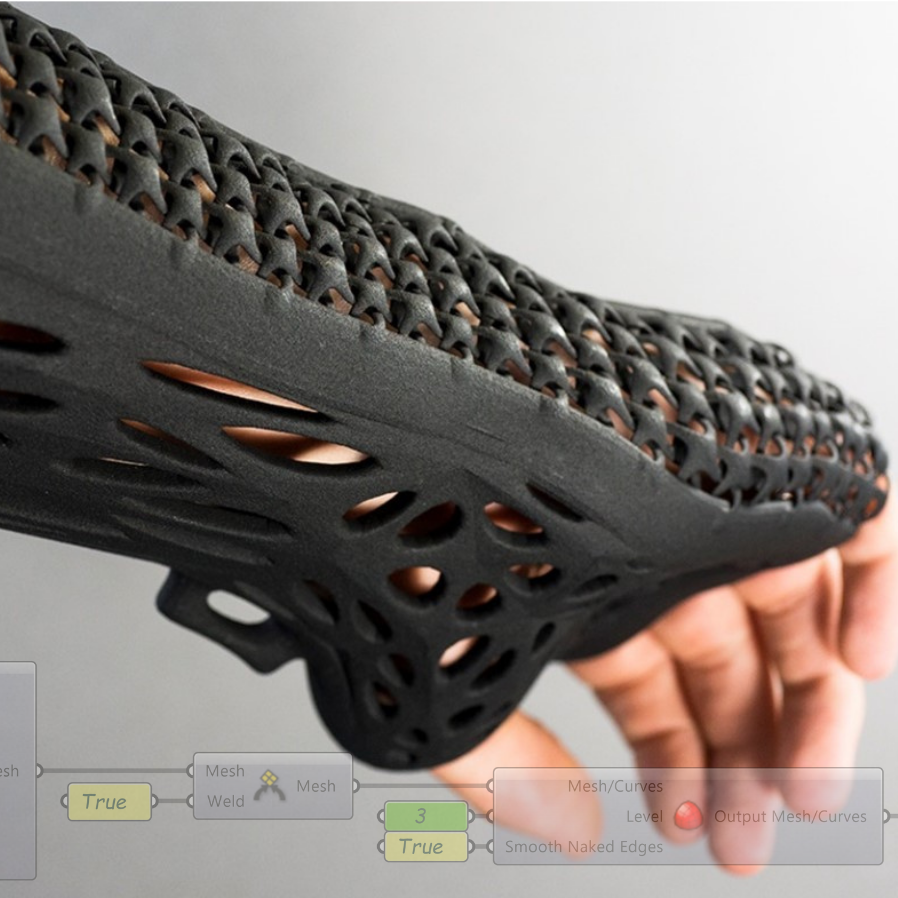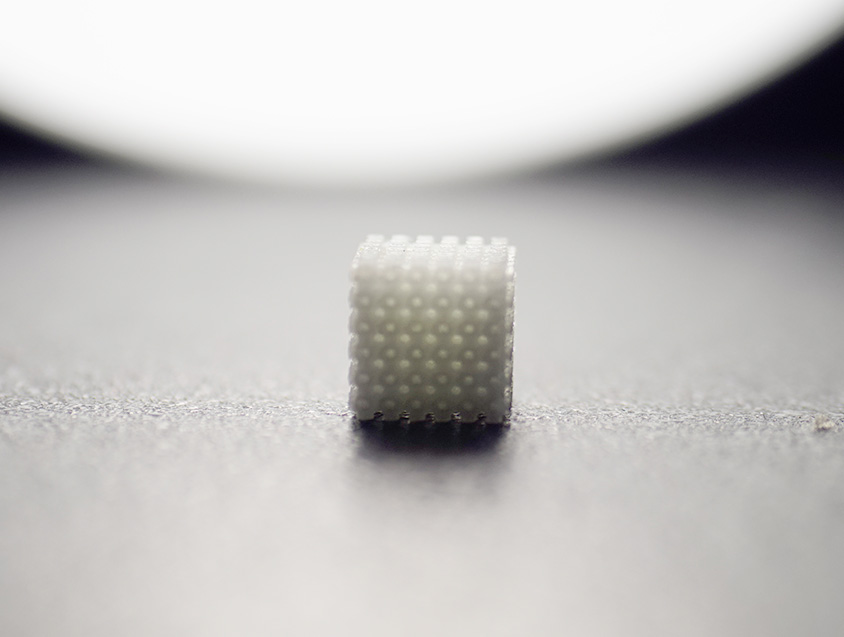Research & News
-
Research at CBM
Research is integral to CBM and underpins all of our activities. CBM’s research seeks to engage in groundbreaking and rigorous academic research, utilising our in-house technology platform. Our research is aimed at providing practical and innovative solutions to industrial problems.
PhD researchers are integral to CBM’s research activities. Our researchers have full access to CBM’s staff and expertise, product development tools and additive manufacturing technology to support their research. Our PhD students thus play a key role in developing the research profile of the centre and enhancing our capabilities. Staff within CBM have extensive experience of successfully managing the PhD process to ensure the successful completion of the PhD degree, and that a skilled and adept researcher emerges at the end of the process.retin-a gel
CBM welcomes enquiries from prospective students interested in pursuing PhD research in areas that complement CBM’s areas of activity, and who wish to be part of a research-intensive, commercially focused environment
New Research Opportunities Coming Soon…
Previous PhD Projects
Additive-Manufactured Tissue Engineering Scaffolds
Researcher: Dr M. Nauman Jalil
The development of three-dimensional cell culture in Tissue Engineering often requires the use of a scaffold structure to act as a temporary artificial extracellular matrix for cells. This work proposes triply periodic minimal surfaces (TPMS) as a potential candidate for accommodating the requirements for 3D cell culture. Scaffold geometries designed in Rhinoceros 3D are evaluated using a protocol developed in the visual programming language Grasshopper. Additive manufacturing technologies are employed to fabricate these scaffold geometries, and micro-CT reconstructed models of 3D printed scaffolds are compared to determine fabrication accuracy. 3D printed scaffolds are also qualitatively evaluated for the purposes of 3D cell culture. The results of this work show that TPMS geometries may be a suitable candidate for scaffolds with bio-mimetic architecture and how a CAD-based 3D pore profiler tool can be applied at the design phase to integrate variable but uniform 3D pore profiles optimised for specific cell types.

Reducing the risk associated with 3D-printed implants
Researcher: Dr Akash Gupta
Full text available at: Sage Journals
Despite several advantages offered by metal AM technologies, a major challenge lies in the determination of failure modes associated with bespoke implants. This is because each implant geometry is fabricated for a single-time use only, and this induces patient-specific uncertainties that need to be addressed during the design phase for each implant. Therefore, this research encompasses several factors, including consistency of EBM manufacturing process, anisotropy in anatomical structures, variability in boundary conditions and evaluation of static & dynamic response of implants through probabilistic numerical analysis. Simulation for robustness through Finite Element (FE) analysis facilitated in quantifying the failure probability associated with each implant design. The methodology developed in this research was assessed across several retrospective studies; the approach proved viable in computing the failure probability for all distinct implant scenarios. A low probability of failure was simulated for implants that are operational to date, and the approach successfully simulated a high probability of failure for a failed implant. The researcher believes that with the employment of suitable tools for data acquisition and manipulation, this methodology can be integrated into the design phase for any weight-bearing implant to determine the robustness as well as compute the associated risk prior to manufacturing.

Orthoses Design Optimisation
Researcher: Dr Ilja Asanovic
Full text available at: Taylor and Francis online
This research study describes the development of a multidisciplinary systematic 3D scan manipulation procedure which addresses the main limitations in the current digitised splinting approach: (a) automates routine orthoses modelling tasks, (b) makes it possible to restore a splinting posture by virtually articulating the hand segment on acquired 3D scan geometry.
The developed systematic 3D scan manipulation procedure in this research study comprises custom algorithms, created in CAD modelling system Rhinoceros V6, generative design plug-in Grasshopper 3D, and an object-oriented programming component GhPython which was adapted for routine design tasks automation. This research project also involved the development and validation of a software prototype with a group of occupational therapists.
The developed systematic design procedure eliminates the need for intermediate polygonal 3D scan mesh surface conversion (reverse engineering) into parametric NURBS surfaces. Moreover, the developed design procedure makes it possible to automatically align an imported custom 3D scan geometry, virtually articulate the hand segment, and to rapidly extract three different types of manifold orthoses CAD models which are suitable for rapid AM fabrication.
